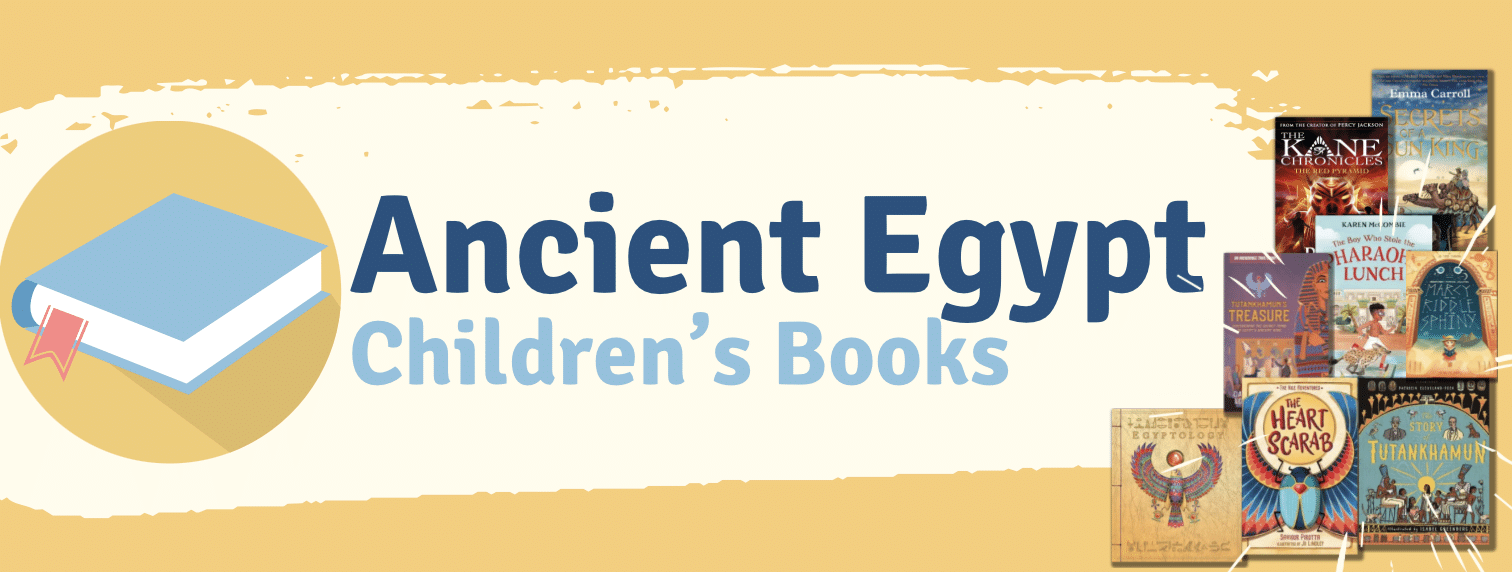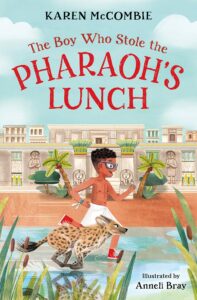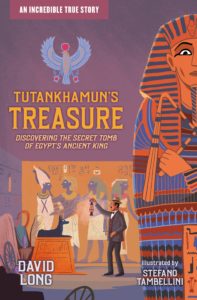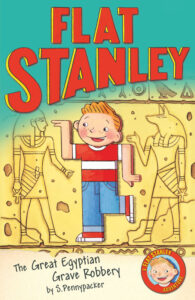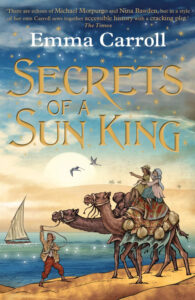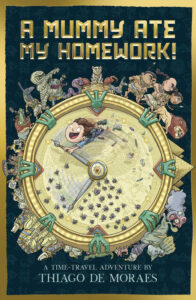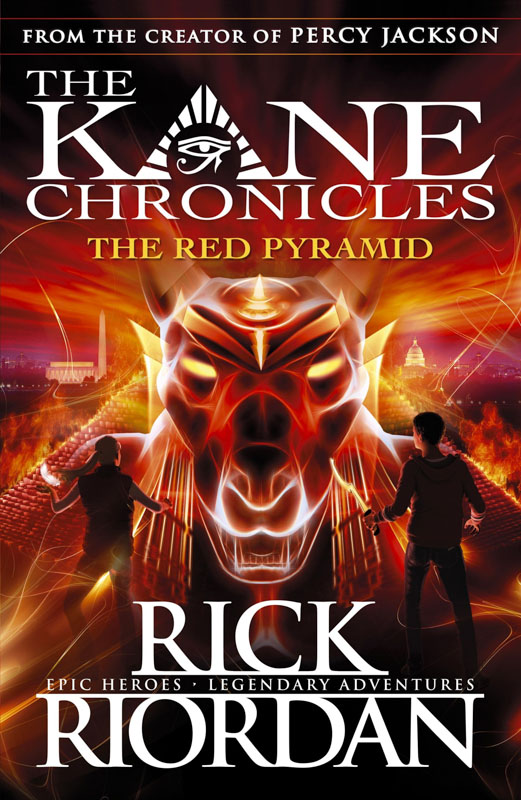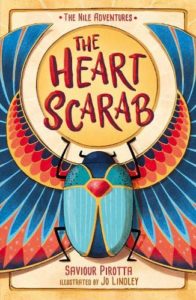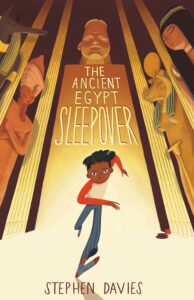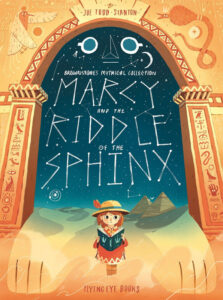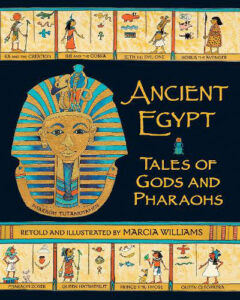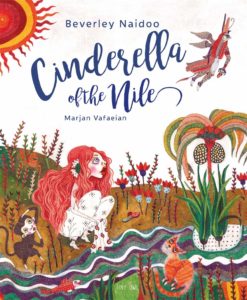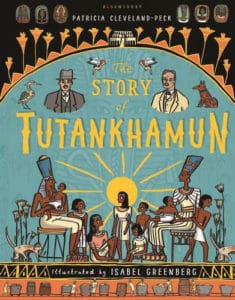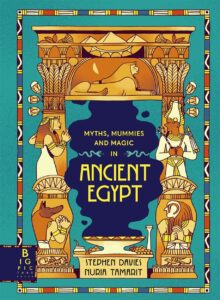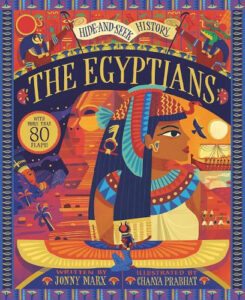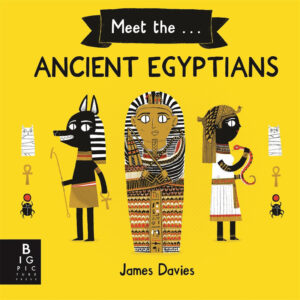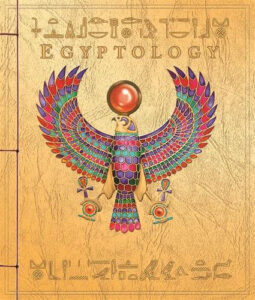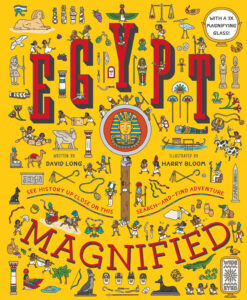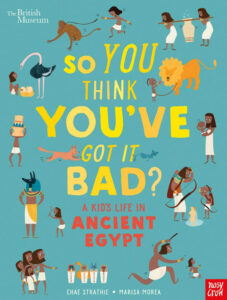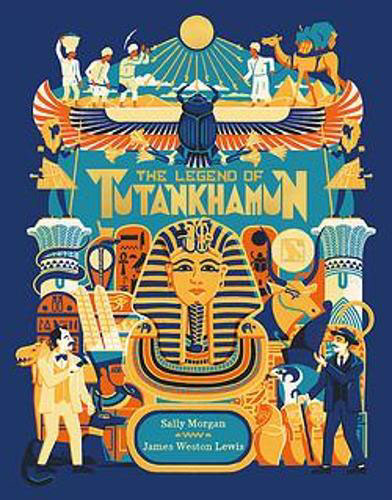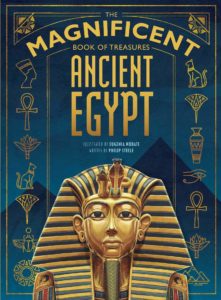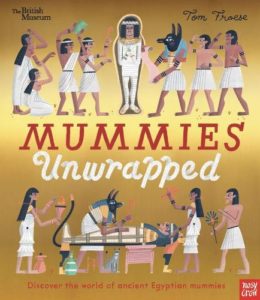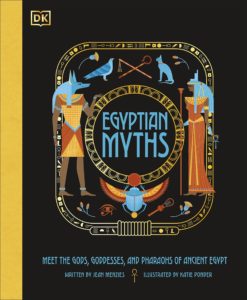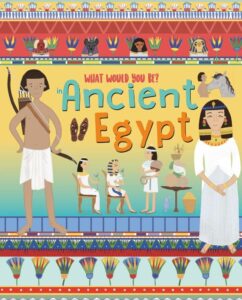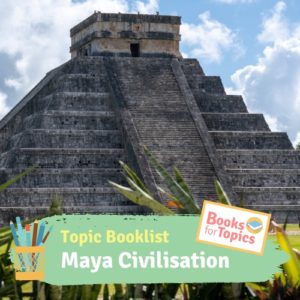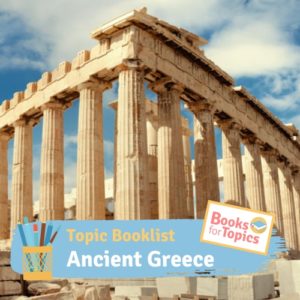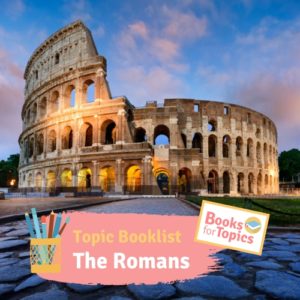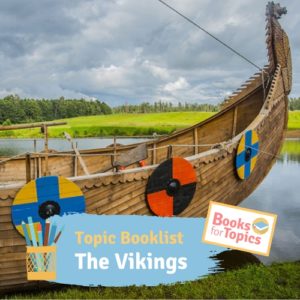When I first heard that Emma Carroll was writing a book about the discovery of Tutankhamun’s tomb, I was excited for several reasons. One was that Emma is so adept at writing historical fiction that is relevant and uncompromisingly interesting to children, with her last book, Letters to a Lighthouse proving to be a resounding hit with readers in KS2. Another reason was that I am often asked for recommendations of books to link with the Egyptians topic and while there are some quality choices for Year 3 and 4, there seems to be much less available that is well suited to upper KS2.
Emma Carroll never disappoints and this story was, in my opinion, her best one yet. Filled with historical intrigue, intelligently drawn characters and Emma’s trademark style of controlled, gripping narrative, this is a story I will be recommending far and wide.
The story is set in 1922 around the time that Howard Carter famously excavated Tutankhamun’s tomb. The First World War was over but many people in Britain still felt the heavy cost; soldiers were returning with incomprehensible physical and emotional wounds and many women were trying to figure out a rebalanced family dynamic after stepping into traditionally male jobs. Thirteen-year-old Lilian Kaye enjoys following the newspaper reports about Howard Carter’s progress and feels especially drawn to the story since her elderly grandfather used to be an Egyptologist. Although Grandad is now unwell, the Egypt news story helps Lilian to feel close to him. When a mystery parcel appears for her grandad, Lilian is excited and unnerved to find it has come from a famous Egyptologist who happened to be found dead the same morning. The parcel generates more questions than Lilian is able to answer, even with her trips to the Egyptian exhibits at the British Museum. When Lilian makes a new friend at the museum, an opportunity soon arises to join a voyage to Egypt. What follows is an exciting adventure that will take Lilian to the very heart of Howard Carter’s fascinating discoveries.
Woven into Lilian’s story are letters from Ancient Egyptian times, detailing the last days of the young sun king and his closest friends. What these accounts demonstrate so powerfully is that behind the tomb’s impressive hoards of gold that caught the eyes of the watching world, there lie true stories of humanity and vulnerability. Much like the tomb’s treasures, there is a strong sense that these stories from the past should only fall into the hands of people willing to treat them responsibly and act with due respect to the original owners.
Rich in historical details and moving at a pleasing pace, this is a gripping story with plenty of mystery to get stuck into. The characters are convincing, each with well-developed complexities that explain their motives and behaviours. Dynamics of race and gender are explored compassionately and this aspect of the book has the potential to lead to some promising discussions in the classroom.
Secrets of a Sun King is a highly recommended addition to primary school libraries and one that is likely to be snapped off the shelves as soon as it arrives!








